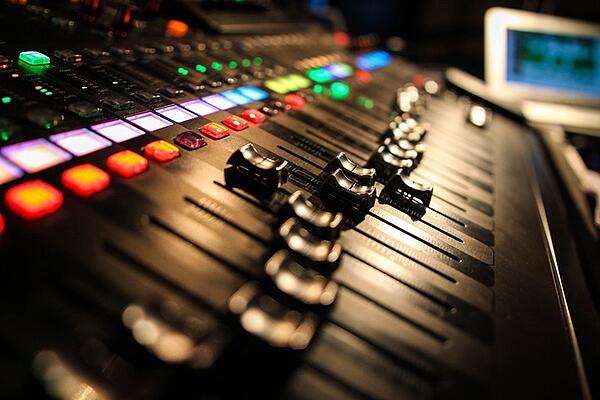Music production has changed dramatically during the last few decades. Almost everyone can explain the difference between a song from the 1980s and one from now. The expanding prominence of technology has had a significant impact on this transformation. Modern music is always being pushed to new heights by sophisticated technological software and cutting-edge instrumentation. Advanced music production degrees are being offered by renowned universities to keep up with the progressing nature of this domain. Some of the techniques and experience in music production now being utilized to make it sound contemporary are:
- Minimalistic Approach: The concept of minimal layering makes a composition sound simple but intriguing. Creating appealing melodies with current sound textures helps to generate a feeling of rhythm and keeps listeners interested. The production is excellent and does not appear jumbled together. Voice layering is often necessary for this method to achieve richness. Furthermore, despite the fact that there are just a few main parts, each one is highlighted through the use of various audio effects. To generate a feeling of spaciousness, reverberation and delay are employed strategically. This gives the production a comprehensive sound.
- Close Miking for a More Personalized Audio: When trying to record with condenser mics, close-miking techniques can help you take leverage of the closeness effect. This means that when the vocalist draws nearer to the microphone, the lowest frequency responsiveness rises, resulting in a recording with greater bass. Although near miking is not always employed, it is becoming increasingly popular in recordings.
- Crisp High end: EQ and saturation are commonly used to increase the high end. The frequencies responsible for the glossy finish are only about 8KHZ and higher. However, some components may require specific treatment to ensure that they can withstand the high-end surge. For instance, voices may require a tool to prevent becoming overly sibilant. The frequency range between 1 kHz and 4 kHz can be suppressed to prevent the top end from becoming too unpleasant.
- To make the voices blend in with the rest of the music, the majority of the parts are treated similarly in the high frequencies. This is often used for high rhythmic parts, although it may also be applied to guitars, synthesizers, and so on. As a result, all of the parts begin to blend better, making the mix sound more uniform.
- Use of DSP: As laptops, devices, and audio interfaces have become more sophisticated over the years, the usage of digital processing applications has grown substantially. Although analog gear has advantages, numerous plug-ins provide control that analog gear does not always provide. There is a lot of room for extensive signal processing with all of the MIDI and sound enhancement plug-ins on the shelf. It is possible to filter a fundamental sound to the point where the originator cannot be identified. This amount of control offers up new avenues for creative thinking.
- Hard Compression: Compression is a crucial instrument for making voices stand out. Heavy compression conducted in phases is used in contemporary productions to generate a well-rounded tone.
There are numerous other technologies and strategies being used in this domain. If you are interested in joining this industry, then you must sign up for a music production degree now!















